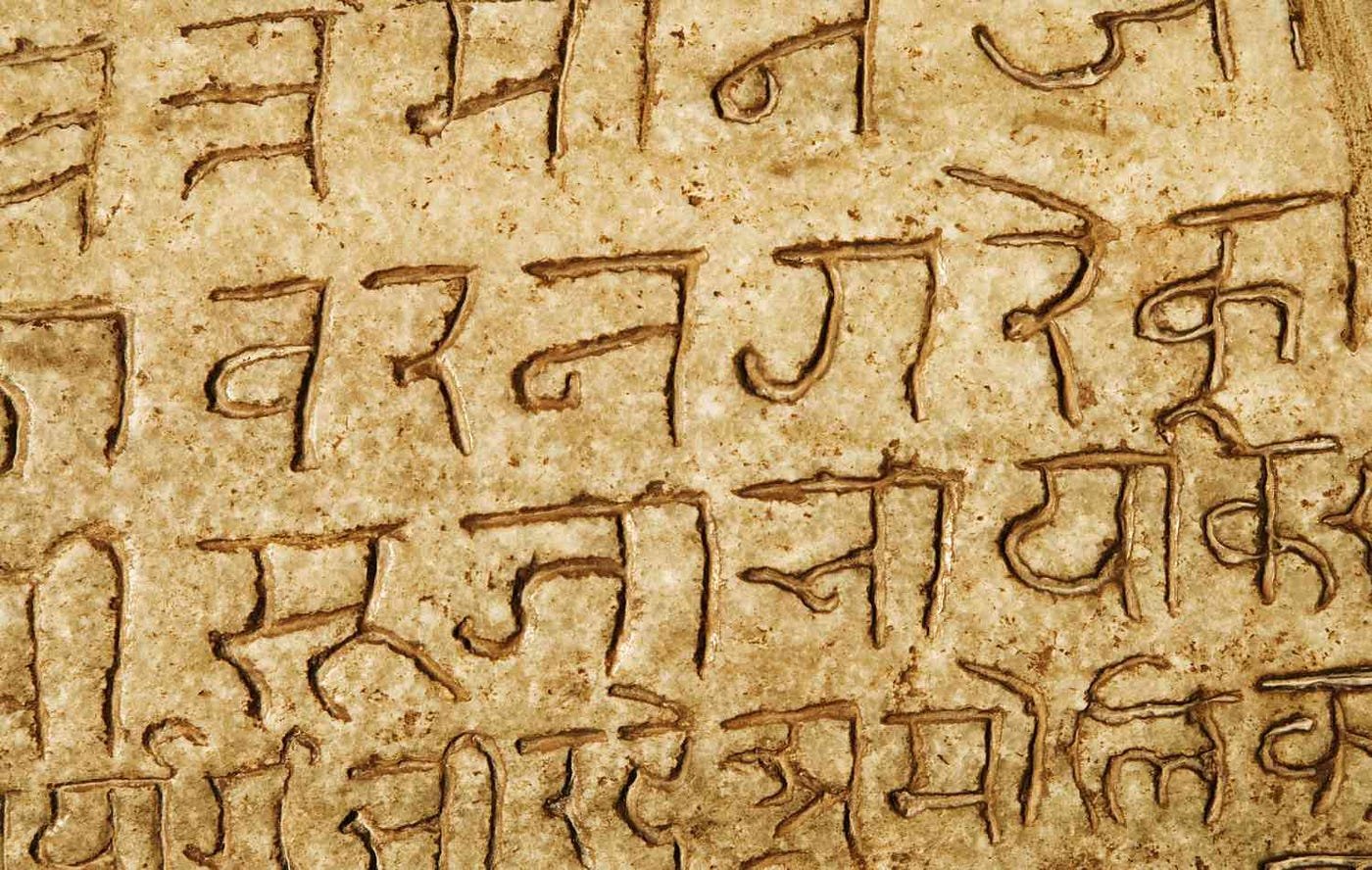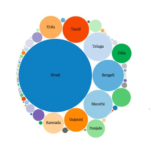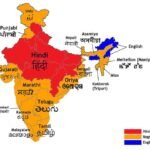Ancient Scripts: The Roots of Indian Languages
India’s linguistic heritage is deeply rooted in ancient scripts that have shaped its diverse languages. These scripts not only serve as tools for communication but also as carriers of cultural and historical knowledge. Understanding the origins and evolution of these ancient scripts provides valuable insights into the development of Indian languages and their cultural context.

The Indus Script
Origins and Significance
The Indus script, used by the Indus Valley Civilization (circa 2600–1900 BCE), is one of the earliest writing systems in India. Though the script remains undeciphered, its symbols, found on seals and pottery, suggest a complex system of writing used for administrative and economic purposes. The Indus script represents an early attempt at recording information and communication in one of the world’s earliest urban civilizations.
Decipherment Challenges
Despite numerous attempts, the Indus script has not been fully deciphered, leaving many aspects of its language and usage shrouded in mystery. The lack of bilingual texts and the brevity of inscriptions pose significant challenges to deciphering efforts. However, ongoing research continues to explore its potential connections to later scripts.
Brahmi Script
Historical Context
The Brahmi script, emerging around the 3rd century BCE, is a foundational script in Indian writing history. It is considered the ancestor of many modern South Asian scripts, including Devanagari, Bengali, and Tamil. Brahmi inscriptions, found on ancient monuments and manuscripts, provide crucial evidence of early Indian writing practices and languages.
Evolution and Influence
The Brahmi script underwent several adaptations and developments, leading to the creation of various regional scripts. Its influence extends to numerous languages, shaping the writing systems used in contemporary India. The script’s structure and phonetic principles laid the groundwork for the development of later scripts and languages.
Kharosthi Script
Origins and Usage
The Kharosthi script, used primarily in the northwestern regions of India and Central Asia, dates back to around the 3rd century BCE. It was employed for writing languages such as Gandhari and Sanskrit. The script’s influence is evident in inscriptions found in ancient Buddhist texts and artifacts.
Decline and Legacy
With the rise of the Brahmi script, Kharosthi gradually fell out of use. However, its historical significance remains important, particularly in understanding the linguistic and cultural exchanges between India and Central Asia. The Kharosthi script provides valuable insights into ancient trade routes and cultural interactions.
Tamil-Brahmi Script
Early South Indian Writing
The Tamil-Brahmi script, an adaptation of the Brahmi script, was used in ancient South India, particularly in Tamil Nadu and Kerala. Dating back to the 2nd century BCE, it represents one of the earliest examples of writing in the Tamil language. Inscriptions in Tamil-Brahmi offer insights into early Tamil literature and socio-political structures.
Impact on Modern Scripts
Tamil-Brahmi played a crucial role in the evolution of the Tamil script and influenced the development of other South Indian writing systems. The script’s legacy is visible in the continuity of Tamil language and literature, reflecting the rich historical traditions of South India.
Gupta Script
Development and Features
The Gupta script, used from the 4th to the 6th centuries CE, represents a significant phase in the evolution of Indian writing. It is known for its distinctive, rounded characters and was used for writing Sanskrit. Gupta inscriptions found on coins, monuments, and manuscripts reflect the script’s widespread use during the Gupta Empire.
Influence on Regional Scripts
The Gupta script is considered a precursor to several regional scripts, including Devanagari and Nagari. Its stylistic and phonetic features contributed to the development of these scripts, shaping the way Sanskrit and other languages were written in subsequent centuries.
Conclusion
Ancient scripts form the bedrock of India’s linguistic heritage, offering a glimpse into the early development of writing systems and their impact on contemporary languages. From the enigmatic Indus script to the influential Brahmi and Gupta scripts, each script contributes to the rich tapestry of Indian writing history. Understanding these ancient scripts not only illuminates the origins of Indian languages but also deepens our appreciation of the cultural and historical contexts that have shaped them.



